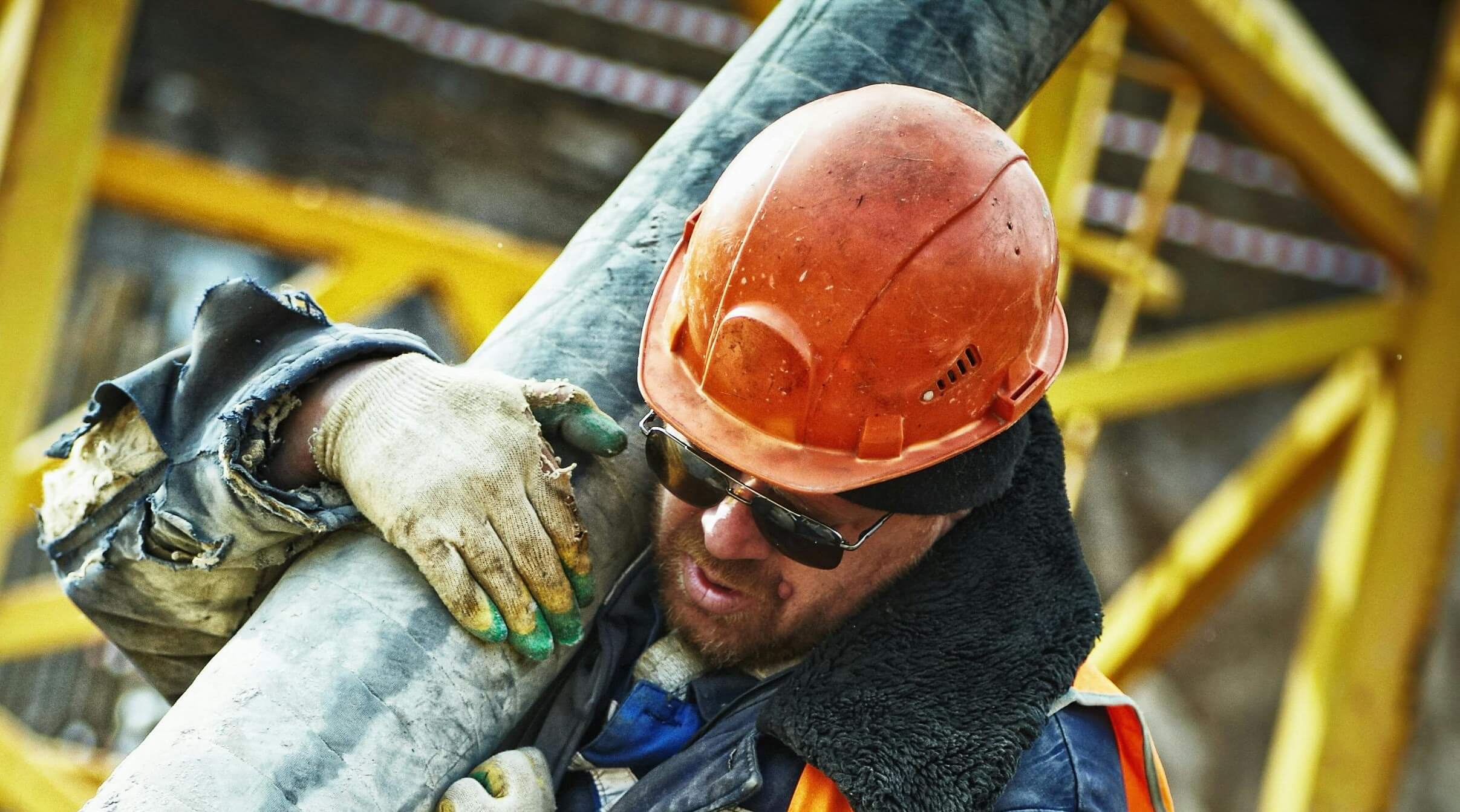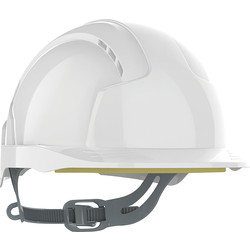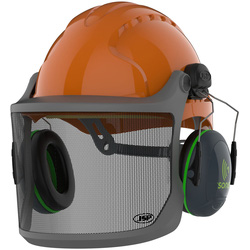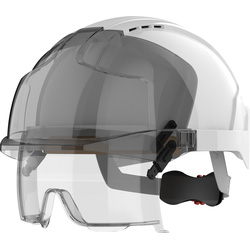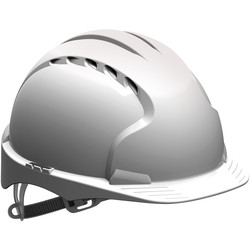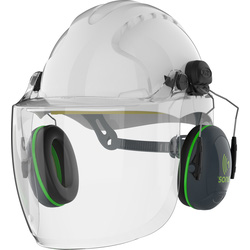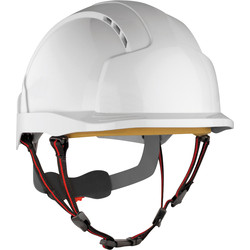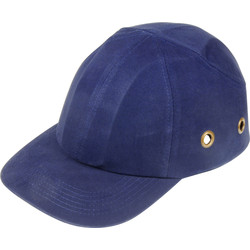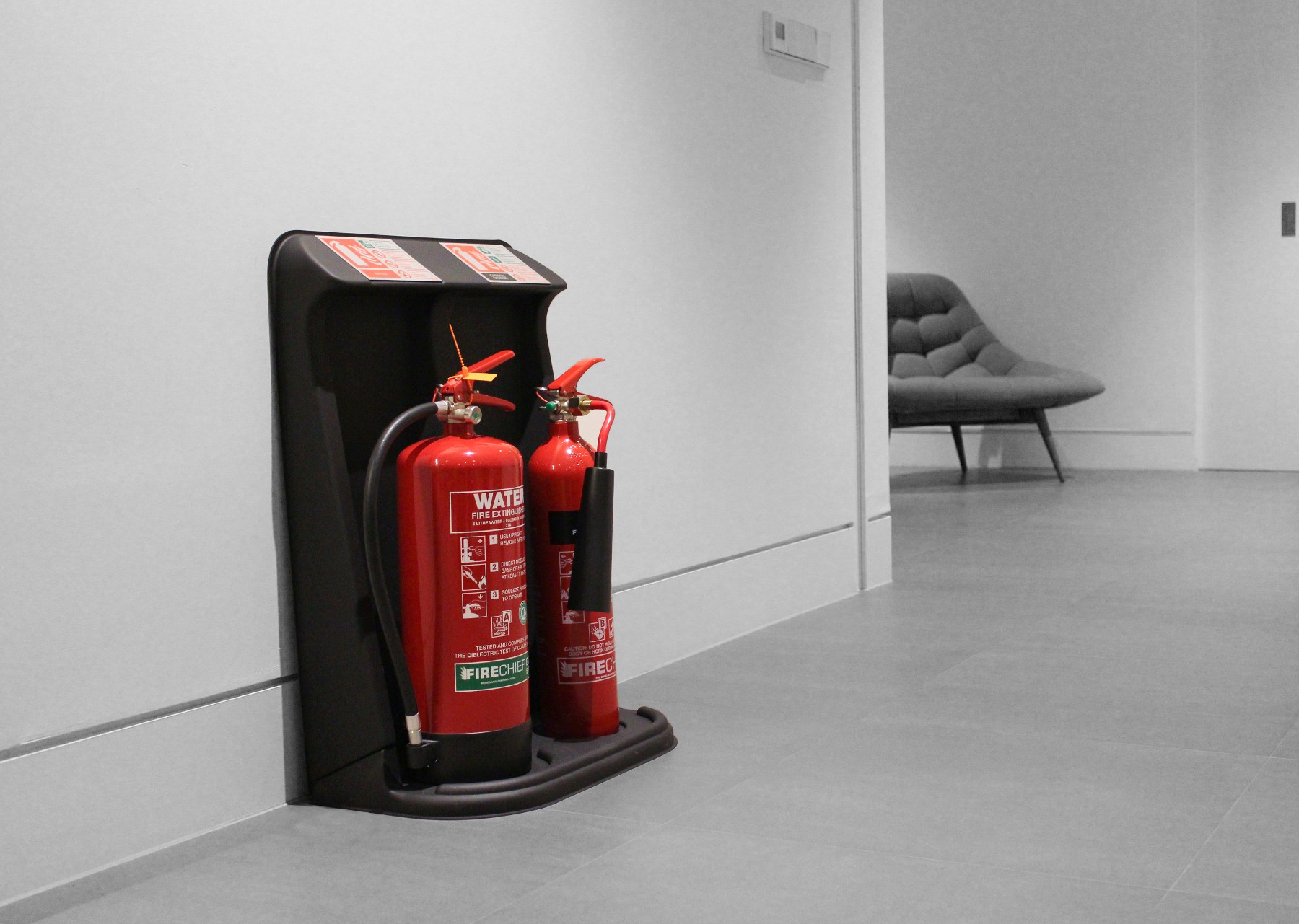For those who work on construction sites, hard hats are a vital part of personal protective equipment (PPE) and, in many cases, wearing a safety hat is a mandatory requirement. However, it’s important to note that there are different types of hard hats and, depending on their colour and material, determine who should be wearing them and indeed, where they should be worn.
In a nutshell, a hard hat is designed to protect your head from various hazards when working on sites, or when there’s a risk of head injury. They protect against things like falling items, bumps from overhead objects, electrical hazards and impact from collisions.
Different hard hats are designed to protect against different risks, so it's important to choose one based on the specific environment and hazards. In this guide we’ll cover all hard hat types and answer the most common questions, helping you make the right choice.
What Is PPE?
PPE stands for personal protective equipment and, besides hard hats, includes other items like types of safety footwear, goggles and other forms of protective clothing. Such items play an important part in ensuring the safety of people working in industries like construction and manufacturing, where workers may be exposed to potential risks.
In environments where risks have been identified, personal protective equipment is usually mandatory. Employers are required to provide the necessary protective gear to all workers on site to reduce the chance of injury or illness. For instance, safety goggles help shield the eyes from debris or chemicals, whereas a hi-vis vest enhances a worker’s visibility in low-light environments.
Proper use of PPE helps to minimise the risk of accidents and ensures that workers are protected from potential harm, which improves overall workplace safety. Whether it's protecting against physical injuries or exposure to hazardous materials, safety wear is vital in safeguarding a worker’s health and well-being.
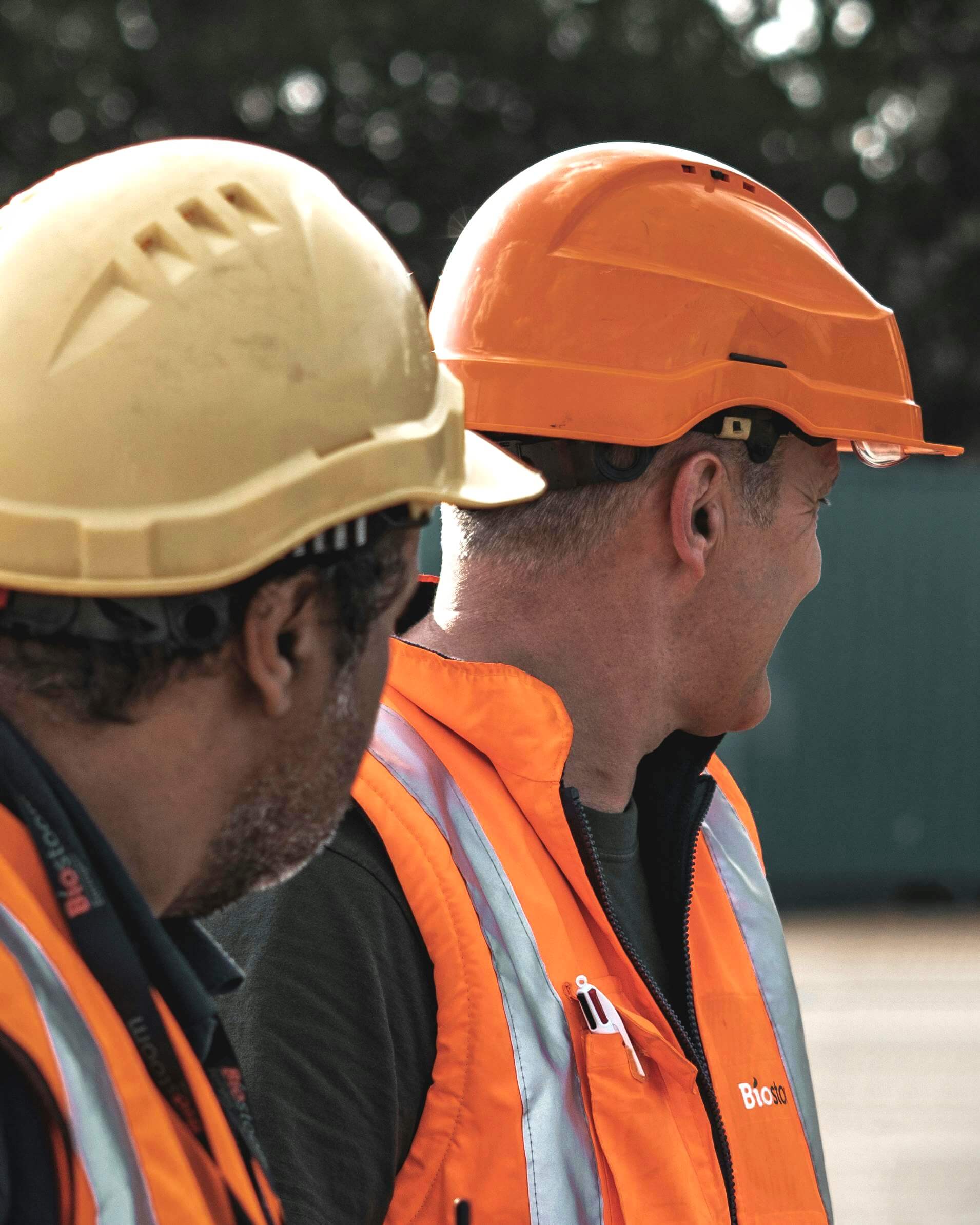
When Should You Wear A Hard Hat?
As with all types of PPE, a hard hat should be worn when there’s any risk of head injury. If you’re on a construction site you may notice different safety signs which could include one informing workers and visitors that safety helmets must be worn while on the premises.
It’s important to note that the type of hard hat you should wear depends on the environment you’ll be working in. Below are some common situations when you might need to wear a safety hat.
Working on a Construction Site
Construction sites are one of the most common places where hard hats are mandatory. They protect workers from falling...
Read more
Working Beneath Overhead Hazards
If you’re working below areas where there’s a risk of falling objects, materials, or equipment, you shoul...
Read more
Manufacturing or Industrial Environments
Factories and industrial work places can have numerous overhead hazards including things like pipes, beams, or machin...
Read more
When Operating Certain Machinery
Certain machinery, like CNC lathes or mills, can create flying debris or vibrations that could result in head injurie...
Read more
What Are Hard Hats Made Of?
Two of the most common materials used in the manufacture of hard hats are High-Density Polythene (HDPE) and Acrylonitrile Butadiene Styrene (ABS). Both materials are known for their durability. However, ABS is a little stronger especially when it comes to impact resistance. HDPE is less rigid and can become prone to cracking, particularly in cold temperatures.
When it comes to weight, ABS is a much heavier material and while this can make the helmet feel more substantial, it’s not as comfortable for long-term wear when compared to hard hats made from HDPE.
If working in a chemical environment, HDPE is a more superior material thanks to its resistance to harsh chemicals, making it a good choice for workplaces like chemical plants or outdoor sites where chemicals might be present. ABS does offer some resistance to chemical exposure but can degrade, especially when coming into contact with highly acidic substances, like certain acids and solvents.
In respect of work places that encounter extreme temperature changes, HDPE is a better option as it has good temperature resistance when compared to ABS. At very high temperatures, ABS can soften and lose its rigidity, potentially rendering the hat ineffective.
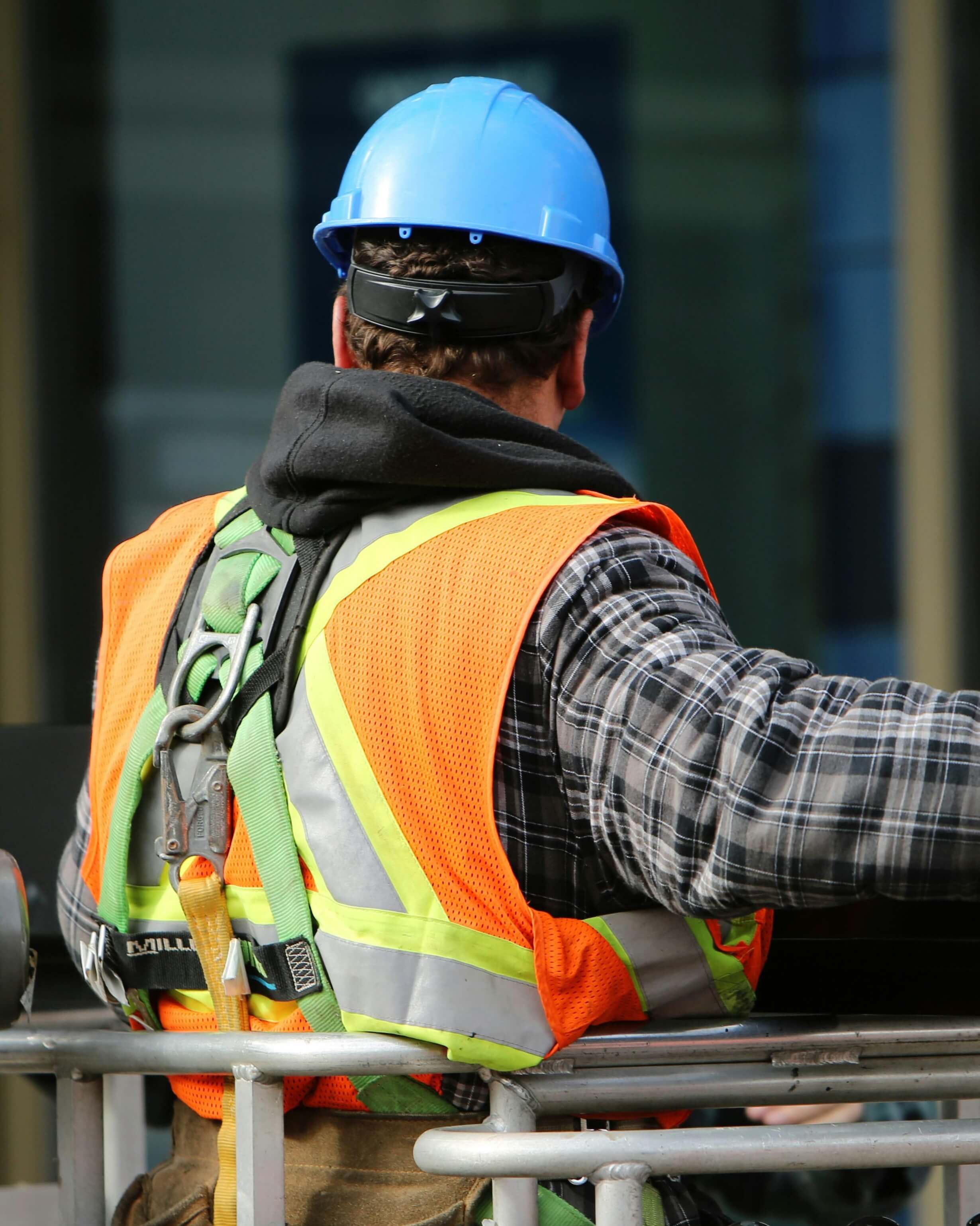
What Do Different Colour Hard Hats Mean?
You’ll notice that hard hats come in a variety of different colours and that’s not for aesthetic purposes! Hard hats are colour coded to indicate the role or responsibility of the wearer when working in industrial environments. While this isn’t a legal requirement, it’s typically standard practice for quick and easy identification of those working on site. It’s worth pointing out that the colour of a hard hat can differ by industry meaning they have different interpretations.
For example, a white hard hat in the construction industry usually indicates the wearer as being a site supervisor or manager. Compare this to the nuclear industry, where a white safety helmet represents highly specialised personnel such as a nuclear safety engineer. What’s more, the colour of hard hats could signify staff who have certain levels of security clearance on a nuclear plant.
So, while general guidelines exist, different organisations could employ their own hard hat colour codes, especially in industries with unique safety and operational requirements.
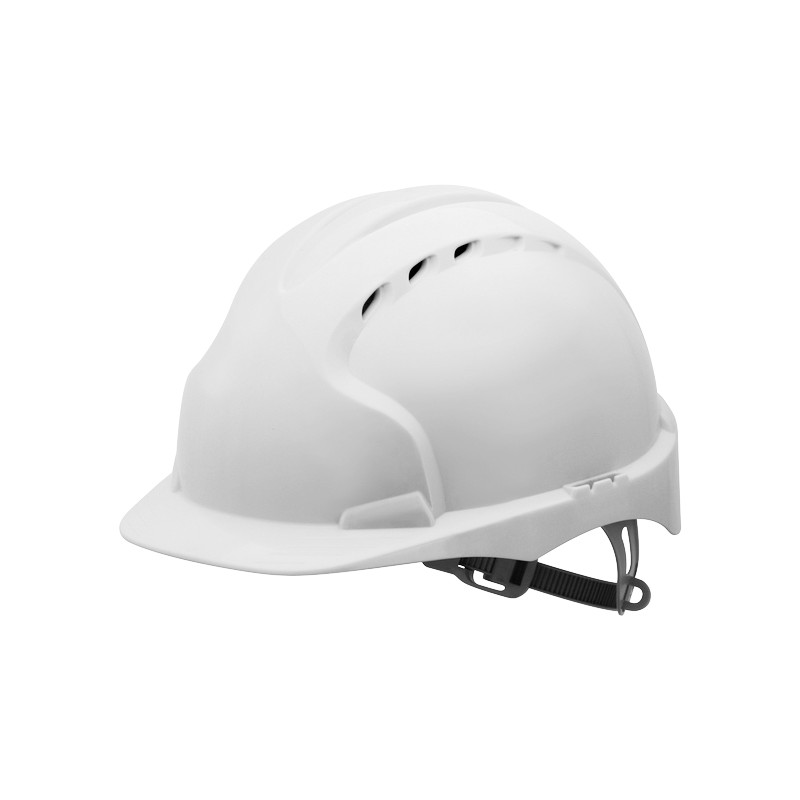
White Hard Hats
White hard hats are typically worn by supervisors, site managers, engineers, architects, and other senior personnel on construction sites. The colour distinguishes them from the workers and indicates their role in overseeing the project.
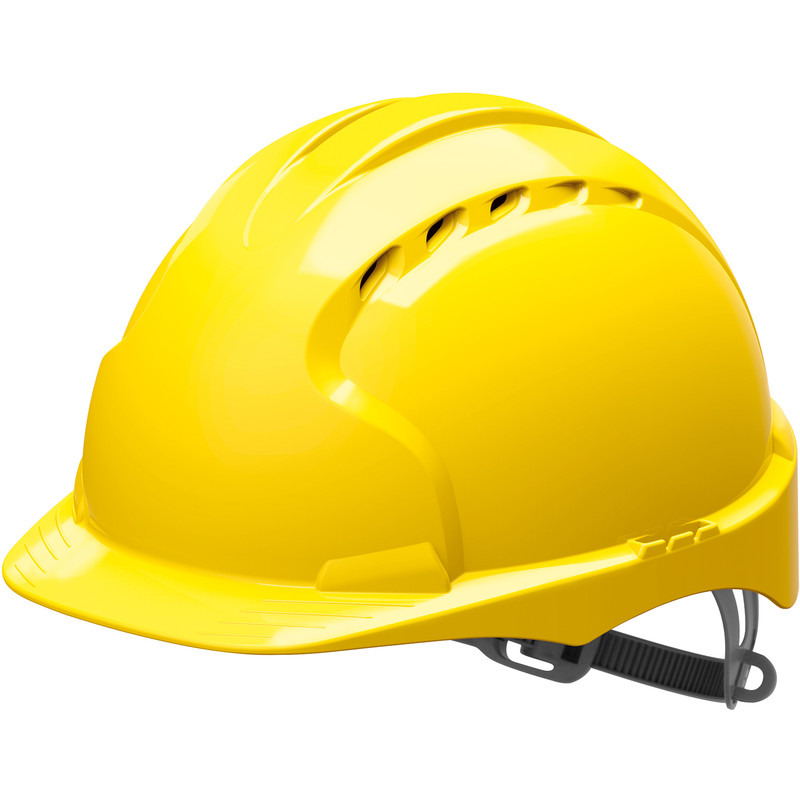
Yellow Hard Hats
Yellow hard hats are the most common and are usually worn by general construction workers or tradespeople, such as bricklayers, electricians, plumbers, or labourers. It's a standard colour for general employees who don’t have supervisory roles.
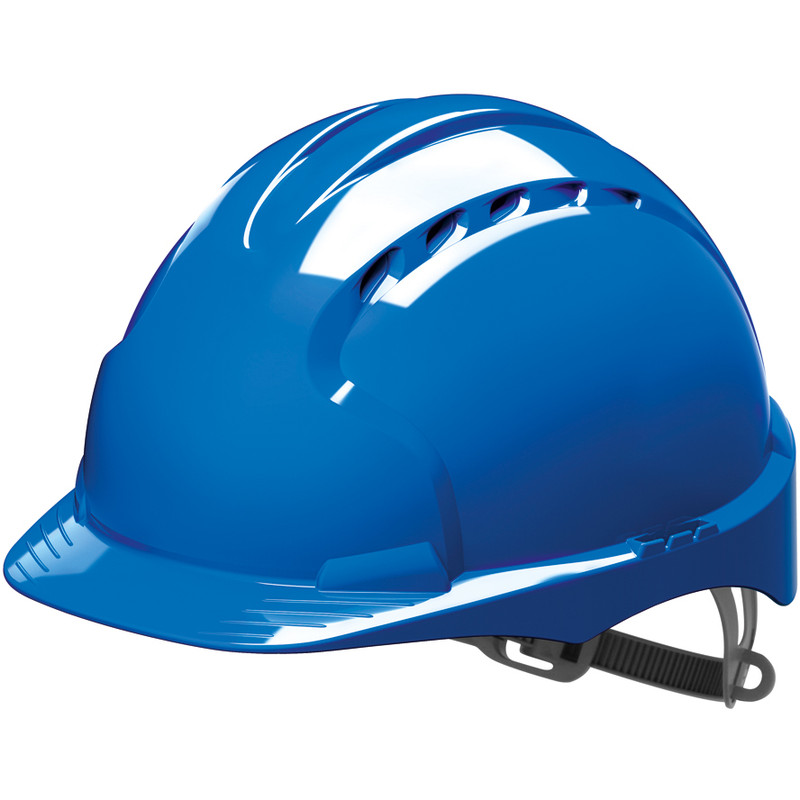
Blue Hard Hats
Blue hard hats are commonly worn by technical or skilled workers who have a specific trade, such as electricians, plumbers, or fitters. This colour helps distinguish them from general workers (yellow) and supervisors (white).
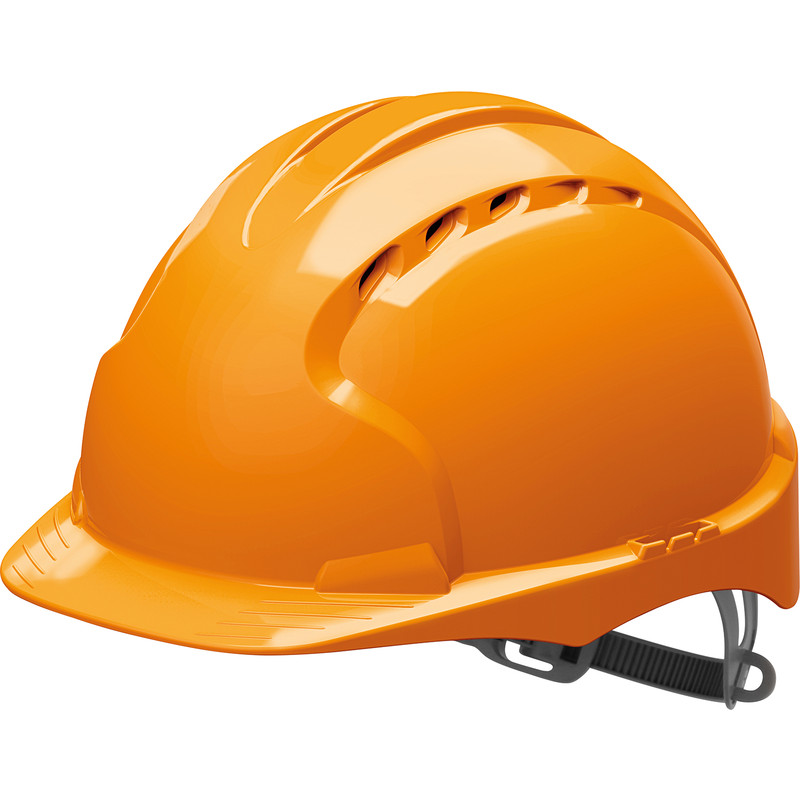
Orange Hard Hats
Orange hard hats are often worn by personnel managing traffic, such as traffic marshals, or security personnel. In some cases, they may also be worn by workers on particularly high-risk tasks or areas.
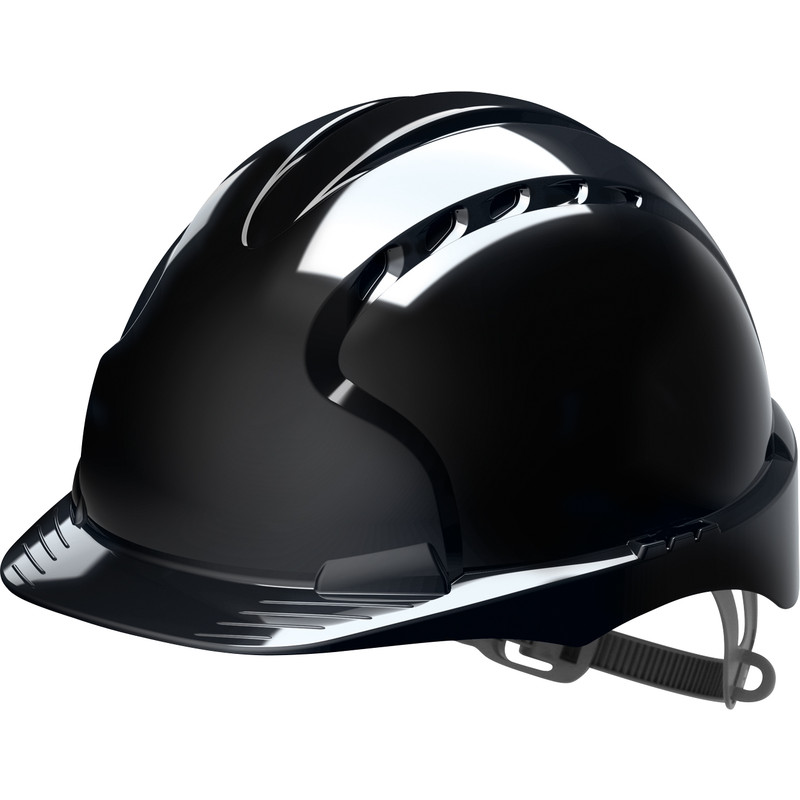
Black Hard Hats
In some companies, black hard hats are worn by very senior personnel, such as directors or other high-level managers. This colour can signify that the person has a high-ranking role within the organisation.
Safety Helmet Conformity Codes
Hard hats in the UK must conform to British Safety standards to make certain they provide adequate protection for anyone working in hazardous environments. In work places where falling objects, debris, machinery or other hazards pose a risk, a properly certified hard hat significantly reduces the chance of serious injury.
When a hard hat has been certified under BS regulations, this shows that it’s been stress tested against various conditions such as impact resistance, penetration resistance and electrical conductivity. Let’s look at the more common British Safety standards that hard hats in the UK must conform to.
BS EN 397
EN 397 is the most common code and hard hats that conform to this standard are widely used for general construction and industrial work. They’re designed to offer protection against common workplace hazards, such as falling objects and impacts. The helmet has to withstand penetration and offer resistance to electrical hazards, as long as it’s specifically marked for such use. They’re also tested against extreme temperatures, both hot and cold, to ensure durability under different conditions.
BS EN 14052
EN 14052 helmets offers more in the way of protection when compared to the EN 397 grade hard hats, making them better suited for environments that are more hazardous and which carry more risks. Hats that meet this standard provide enhanced impact resistance, particularly when it comes to the sides and crown (top) of the helmet. They also offer excellent levels of protection against things like molten metal splashes making them suitable in workplace like steel mills, foundries or where welding is carried out.
BS EN 50365
Hard hats that meet EN 50365 standards are more specialist and designed for workers who may be exposed to electrical risks, for example electricians and engineers. While they meet all the standard requirements as with an EN 397 helmet, they must not contain any conductive parts and offer protection against alternating voltage up to 1000 V or direct voltage up to 1500 V. As you’d expect, such hard hats are not commonly used in more general construction work but remain crucial within electrical industries.
Hard Hat Features To Consider
Adjustable Suspension System
Many hard hats feature an adjustable suspension system, which sits inside the shell and keeps the wearer’s head away from it. If it’s adjustable, this can improve comfort for the user.
Chin Straps
These can be added to ensure that the helmet stays in place even in windy conditions or during physical activities. While some hard hats are supplied with chin straps, others only come with brackets for attaching them.
Ventilation
Some hard hats include ventilation holes to improve airflow, reducing the buildup of heat and sweat. However, ventilation holes are not suitable if working in environments that involve things like chemicals.
Material
Consider the best material for your hard hat. Hats made from HDPE are great for chemical environments thanks to its resistance to harsh chemicals. Whereas ABS offers superior protection against impacts.

